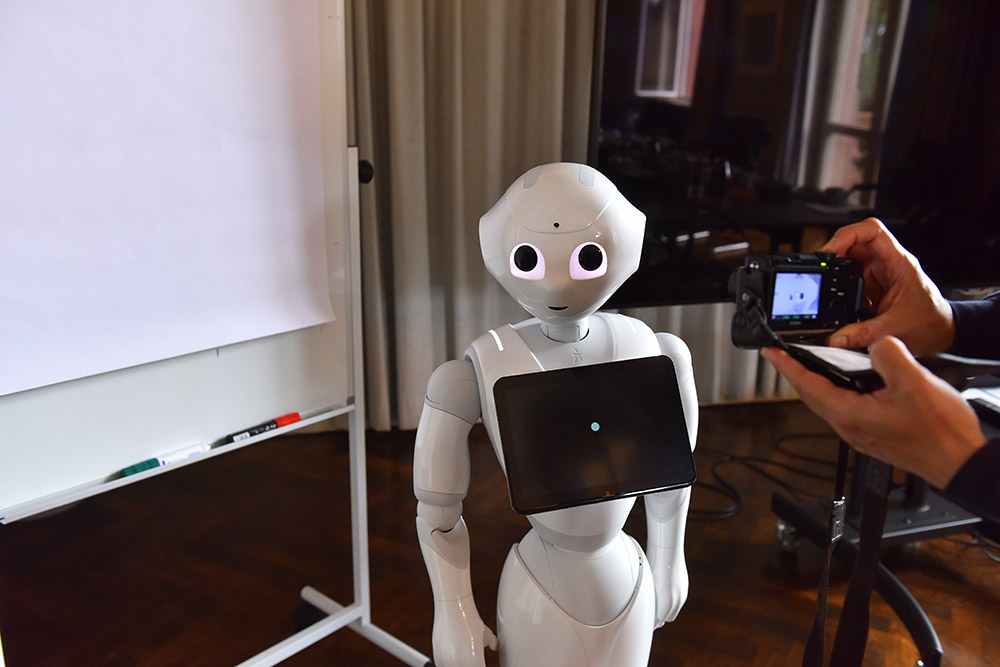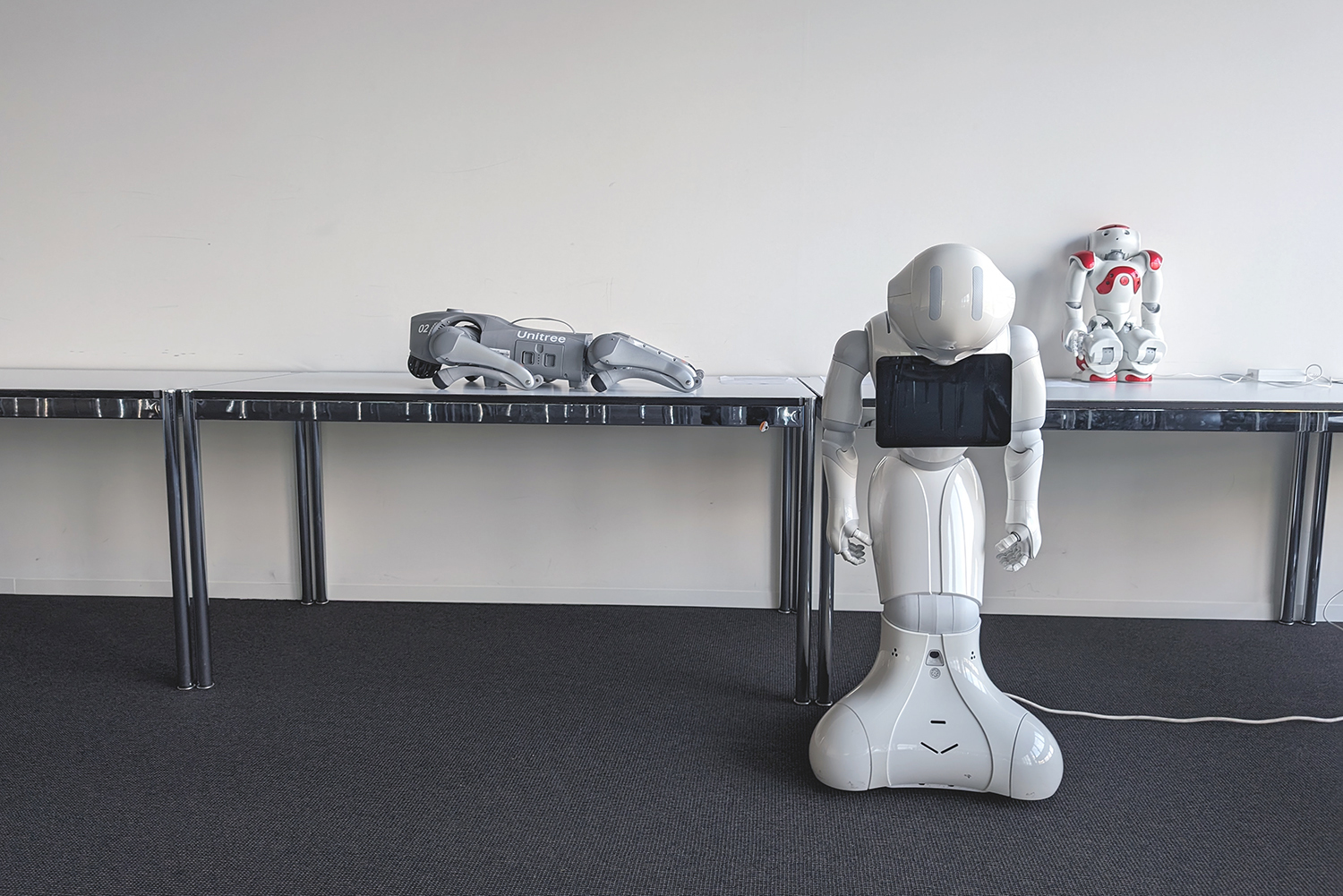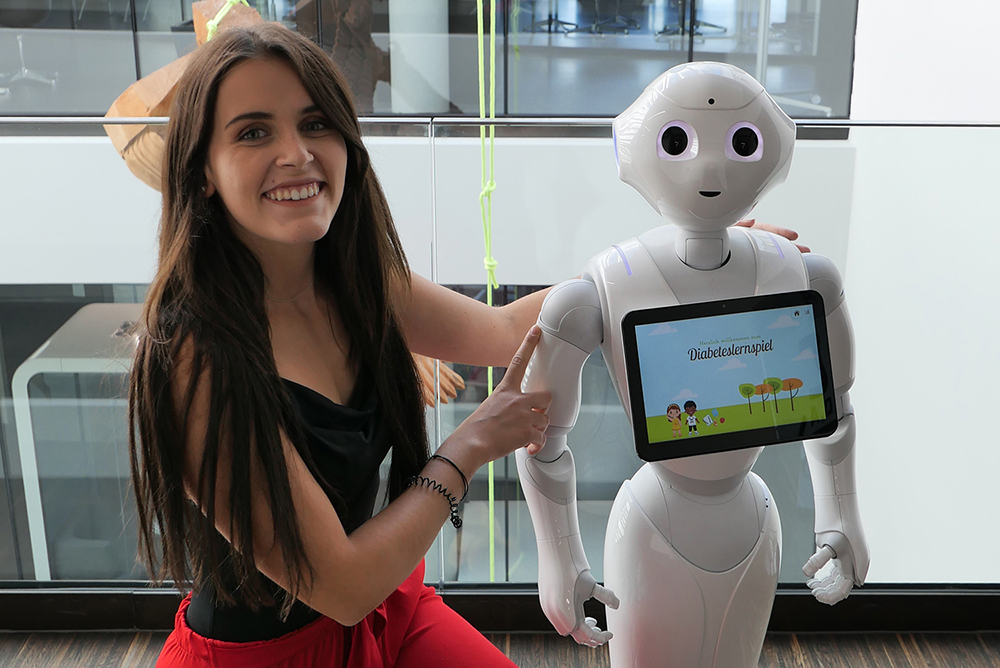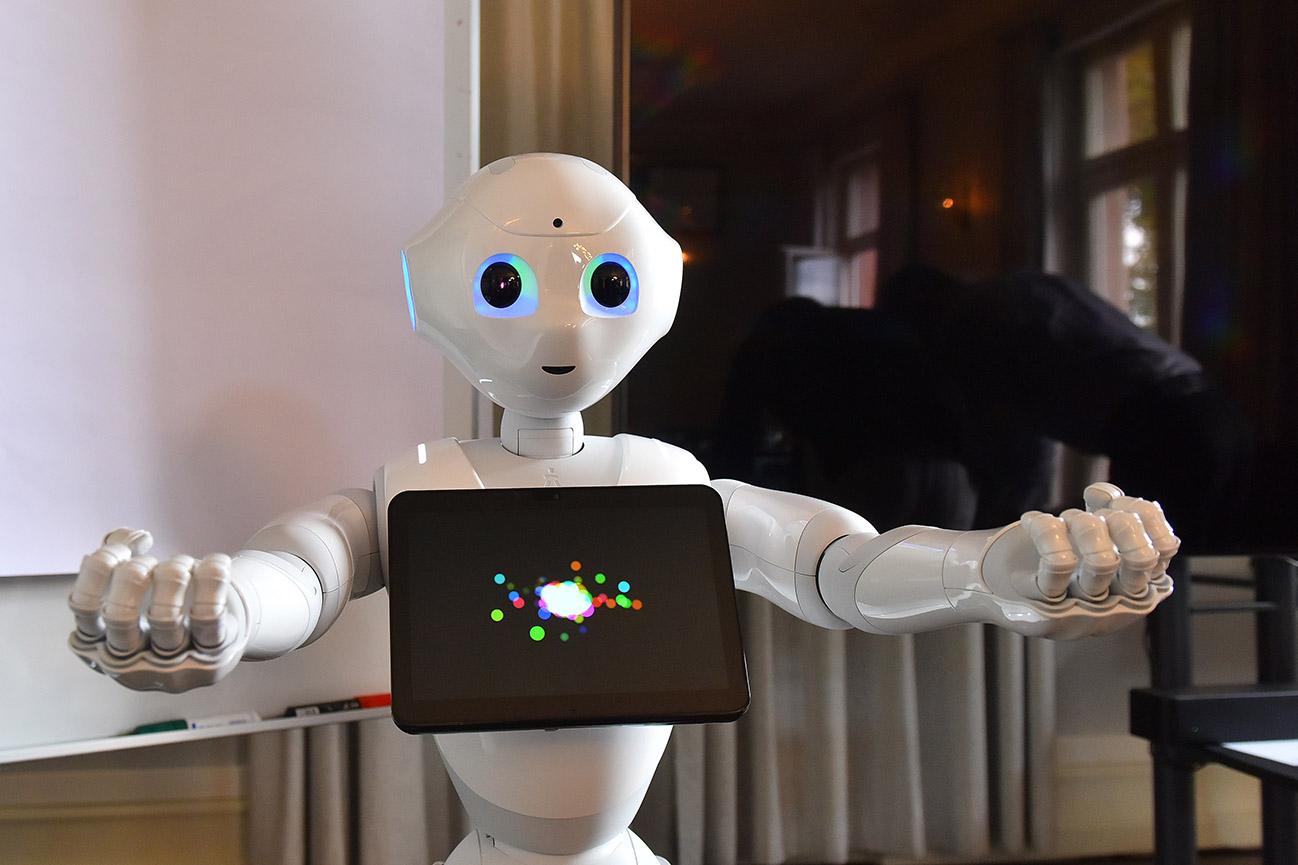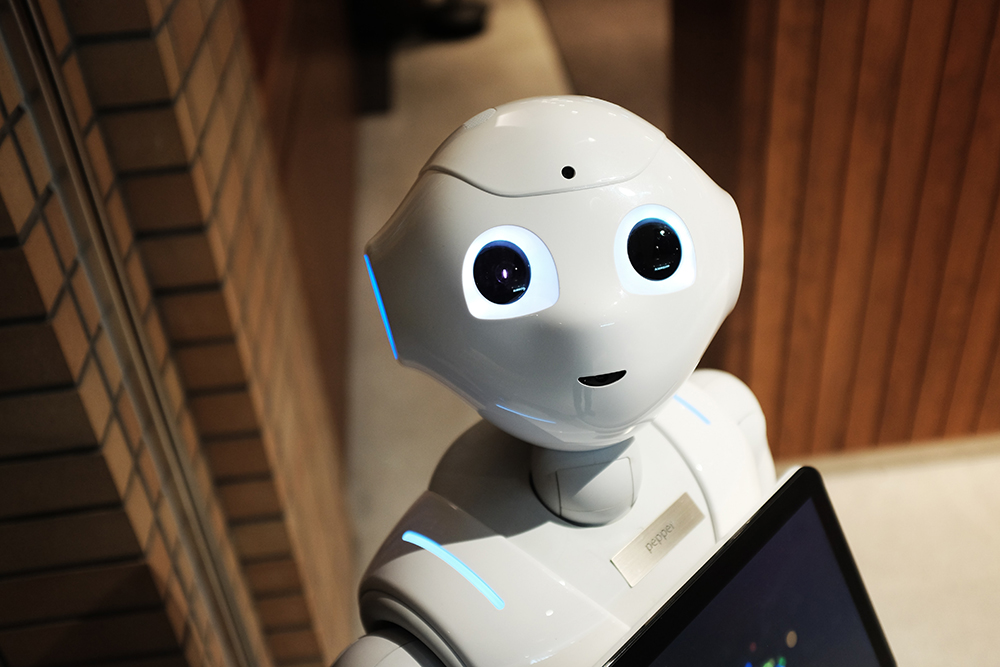Shenzhen-based Maxvision Technology Corp. has acquired the core assets of French robotics pioneer Aldebaran, including its iconic humanoid robots NAO and Pepper. This was reported by The Robot Report in its article “Maxvision buys core robot assets of Aldebaran, including Nao and Pepper” from July 19, 2025. The move follows Aldebaran’s bankruptcy and receivership earlier this year. The company, founded in 2005, became known for designing approachable humanoid robots for education, healthcare, retail, and research. Maxvision stated that the acquisition will bolster its R&D in emotional interaction and motion control, expand its product portfolio into humanoid robotics, and support global expansion – particularly in Europe and North America. According to The Robot Report, strategic sectors include eldercare, education, border security, and emergency services. To honor Aldebaran’s legacy, Maxvision plans to establish a French subsidiary, retaining local teams and investing in continued innovation, especially in education and healthcare applications.
The Aldebaran Story Comes to an End
On June 2, 2025, Aldebaran announced the end of the “Aldebaran Story” in a video. The video recounts the history of the company. Founded in 2005 by Bruno Maissonier of France, NAO, one of the best-known social robots to date, was launched the following year. The company has sold 20,000 units, primarily to universities and research institutes. These institutions then developed applications for children and the elderly. In 2012, SoftBank invested in the company so that Pepper could be built. Seventeen thousand units were produced. They sold out in 2024. Once again, researchers and developers created numerous applications for Pepper. In 2021, the United Robotics Group, backed by the RAG Foundation, invested in the company and moved production back to Paris. That marked the beginning of the end. Plato was created as a competitor to the Chinese BellaBot. However, Aldebaran’s and the United Robotics Group’s problems were apparent by the beginning of 2025. In March, Aldebaran announced its insolvency. Buyers were sought, but to no avail. At the beginning of June, the company announced the end of its history.
Is it time for NAO II and Pepper II?
NAO and Pepper from Aldebaran – part of the United Robotics Group – are flagships of social robotics. The smaller one saw the light of day in 2006 (in the meantime version 6 is available), the larger one in 2014, and they are both adored at university events such as Prof. Dr. Oliver Bendel’s elective modules on social robotics at the FHNW or in companies. Everyone appreciates the cartoonish design and natural language skills. And they laugh their heads off when they stroke Pepper and it says it feels like a cat. For some time now, there have been robots with two separate displays for the eyes, such as Alpha Mini, or with a display for the mouth, such as Navel. Unitree Go2 and Unitree H1 have amazing mobility. The community is asking when NAO II and Pepper II will be released, not as new versions but as new models. However, it’s a bit like the VW Beetle. It is very demanding to reissue a classic, and old fans are quickly disappointed, as the New Beetle and Beetle II have shown. NAO II and Pepper II should also have two separate displays for their eyes. The Navel displays, which have a three-dimensional effect, can be used as a model. For Pepper, displays for the mouth and cheeks could also be considered. This would allow it to display facial expressions and blush when you pay it a compliment. Or it would smile when you stroked it. The bodies would also need a general overhaul. Both social robots should – Cozmo is a role model here – look alive at all times. And both should at least be able to grasp and hold something, like a Unitree H1. At the same time, both should be instantly recognizable. VW has probably learned from the reactions of disappointed fans. Perhaps the companies should sit down together. And bring a Beetle III, a NAO II, and a Pepper II onto the market in 2025.
Pepper as a Learning Partner
The paper “Pepper as a Learning Partner in a Children’s Hospital” by Sara Zarubica and Prof. Dr. Oliver Bendel was accepted at ICSR 2023. The technology philosopher and information systems specialist has been researching conversational agents for a quarter of a century, and for many years specifically on embodied conversational agents and social robots. His projects often involve building prototypes, either in the context of machine ethics or with reference to buzzwords such as “AI for Good” or “AI for Well-being” (which he himself, however, views critically). Sara Zarubica developed a learning application for children with diabetes that runs on a social robot as part of her thesis at the FHNW School of Business, supervised by Oliver Bendel. According to the abstract, the goal was to make Pepper an interactive learning partner with which the children can “practise estimating carbohydrate amounts in meals and thus build a foundation for the daily management of type 1 diabetes mellitus” (abstract). The children complete the learning game on the social robot’s display and receive gestural and verbal feedback from it. In 2022, Oliver Bendel was at the ICSR 2022 in Florence together with Marc Heimann, where they presented the morality module. The ICSR 2023 will take place in Qatar in December 2023. Along with Robophilosophy, it is one of the most important conferences for social robotics worldwide.
The Revival of Pepper
United Robotics is taking over “the European robotics branch” (Handelsblatt, April 12, 2022, own translation) of SoftBank, according to a report in the Handelsblatt, with the aim of reviving the Pepper social robot, among other things (Photo: Daimler and Benz Foundation). The Japanese company announced the year before last that it would forgo further development and production of its flagship product and focus on service robots. NAO and Pepper originally came from the French company Aldebaran, which was then acquired by SoftBank. Amazing things now seem to be happening under the umbrella of the RAG Foundation. The intention is to “form a European robotics champion” (Handelsblatt, April 12, 2022, own translation), as Thomas Hahn of the Automation and Robotics division is quoted. Formally, the acquisition of SoftBank’s European robotics business is a merger. “The Japanese will contribute their division to United Robotics Group and receive a 24.9 percent stake in return.” (Handelsblatt, April 12, 2022, own translation)
Good Bye, Pepper!
According to various media, SoftBank has stopped the production of Pepper last year and will not resume it for the time being – unless there would be an increased demand. The alleged low demand was the reason for the Japanese company to say goodbye to the probably best-known social robot – which often also functions as a service robot. According to Heise, a total of about 27,000 units were produced. That’s not a small number for a robot of this size, with these features and at this price. Into the million range came Cozmo, which was, however, small and cheap – Anki went bankrupt, Digital Dream Labs (the owners had secured the rights) could not revive the crowd favorite inspired by WALL-E and EVE to this day, despite many announcements. With Pepper, the reference par excellence for social robotics is missing – which may also have positive effects, insofar as other models could more easily gain attention and be brought to market at all.
Pepper’s New Job
SoftBank Robotics has announced that it will operate a cafe in Tokyo. The humanoid robot Pepper is to play a major role in this. But people will not disappear. They will of course be guests, but also, as in the traditional establishments of this kind, waitresses and waiters. At least that’s what ZDNET reports. “The cafe, called Pepper Parlor, will utilise both human and robot staff to serve customers, and marks the company’s first time operating a restaurant or cafe.” (ZDNET, 13 September 2019) According to SoftBank Robotics, the aim is “to create a space where people can easily experience the coexistence of people and robots and enjoy the evolution of robots and the future of living with robots”. “We want to make robots not only for convenience and efficiency, but also to expand the possibilities of people and bring happiness.” (ZDNET, 13 September 2019) This opens up new career opportunities for the little robot, which recognizes and shows emotions, and which listens and talks and is programmed to give high-fives. It has long since left its family’s lap, it can be found in shopping malls and nursing homes. Now it will be serving waffles in a cafe in Tokyo.
